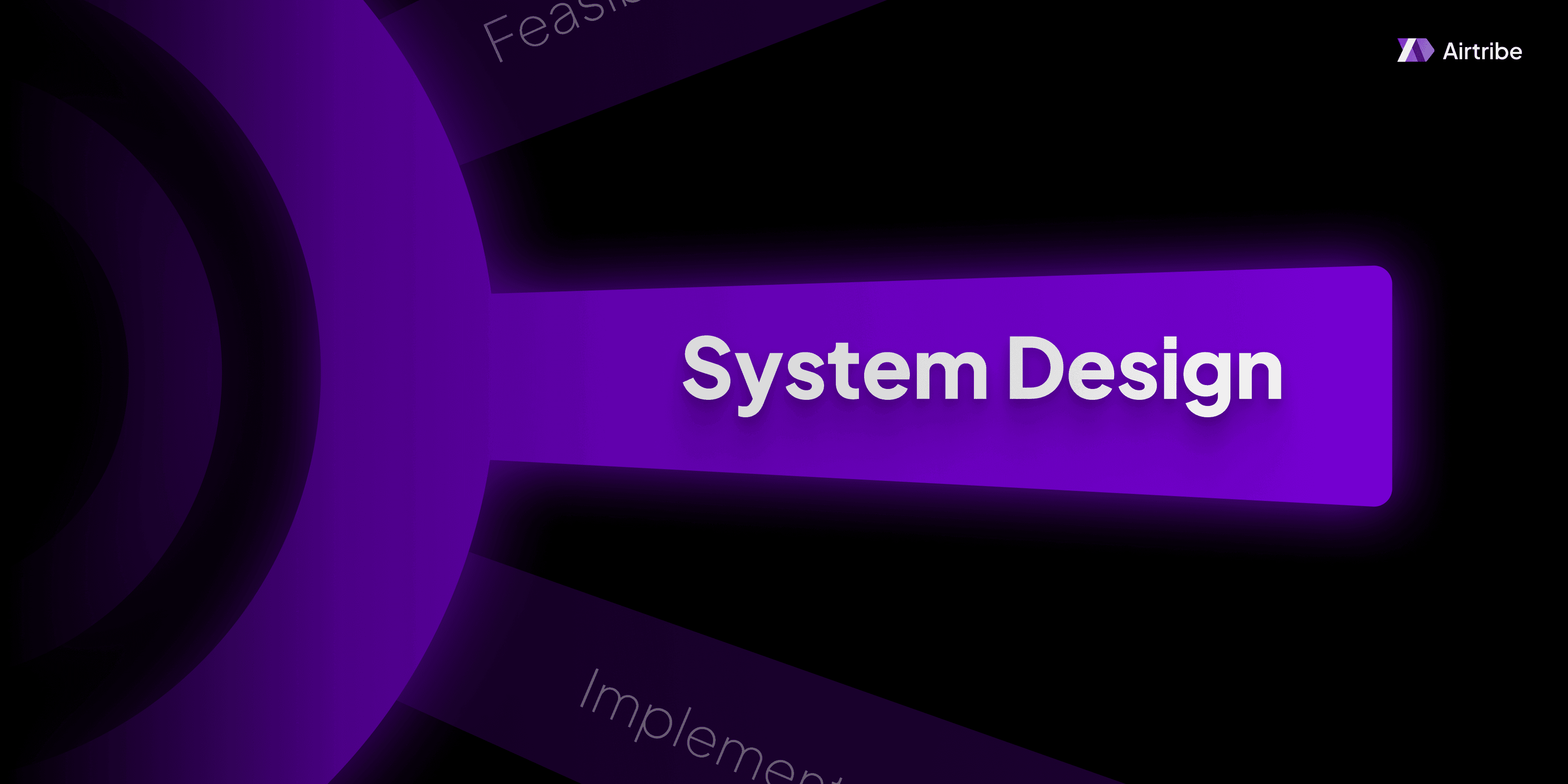What is Thrashing?

Introduction to Thrashing
Thrashing in the context of system design and operating systems refers to a condition where excessive paging operations occur, leading to a significant slowdown in system performance. This typically happens when a computer's virtual memory resources are overused, resulting in constant data swapping between RAM and disk storage. The phenomenon can critically impair system efficiency and responsiveness.
Core Concepts and Theory
Understanding Memory Management
Memory management is a crucial part of operating system design that involves handling memory allocation and deallocation. Virtual memory is employed to extend the apparent memory capacity beyond the physical RAM available. It achieves this by using disk space to simulate additional memory, with pages of data being moved between physical and virtual memory as required.
How Thrashing Occurs
Thrashing occurs when there is insufficient RAM to support all active processes, consequently triggering frequent page faults. A page fault occurs when the data a process needs is not in RAM, necessitating its retrieval from the slower disk storage. When page faults become excessive, the CPU spends more time swapping pages in and out of memory than performing actual computations, a scenario resulting in thrashing.
Indicators of Thrashing
High Page Fault Rate: A rapid increase in page faults indicates constant swapping between memory and disk.
Decreased CPU Utilization: When thrashing occurs, the CPU spends less time executing tasks and more time on managing memory.
System Slowdown: Users may notice significant lag or unresponsiveness in applications or system operations.
Practical Applications
Avoiding Thrashing
To manage and prevent thrashing, systems can employ several strategies:
Increase Physical Memory: By adding more RAM, systems have the capacity to handle more processes without needing to swap to disk.
Optimize Application Behavior: Reducing the active memory footprint of applications through efficient coding practices can help minimize the risk.
Adjust the Page Replacement Algorithm: Implement algorithms like Least Recently Used (LRU) or Adaptive Replacement Cache (ARC) to improve paging efficiency.
Workload Distribution: Distributing processes across different times or systems can reduce the demand on memory resources during peak periods.
Code Implementation and Demonstrations
Simulated Thrashing Example
Using Python, a simplified simulation can demonstrate the effects of thrashing:
import time
def simulate_thrashing(n):
huge_list = [0] * n
start_time = time.time()
for i in range(n):
huge_list[i] = i % 256
elapsed_time = time.time() - start_time
return elapsed_time
# Simulate with an excessively large array
n = 10**7 # Adjust this number based on system capability to observe behaviors
print(f"Time taken to process: {simulate_thrashing(n)} seconds")
This example creates and manipulates a large list to illustrate potential performance degradation in conditions that emulate memory overload.
Comparison and Analysis
Thrashing vs. Normal Paging
| Feature | Normal Paging | Thrashing |
|---|---|---|
| Page Fault Rate | Low to Moderate | Extremely High |
| System Efficiency | Maintained | Severely Compromised |
| CPU Utilization | Optimal | Suboptimal due to excessive paging |
| User Experience | Smooth | Impaired with noticeable lags |
Critical Analysis
While paging is an effective memory management strategy, it should be carefully managed to avoid thrashing. Systems must be designed to anticipate workload demands, ensuring they operate within the bounds of available resources both proactively and reactively.
Additional Resources and References
Books and Articles:
- "Operating System Concepts" by Abraham Silberschatz
- "Modern Operating Systems" by Andrew S. Tanenbaum
Online Resources:
Communities and Forums:
- Stack Overflow Thrashing Discussion Threads
- Reddit /r/sysadmin and /r/programming for community insights and sharing experiences.
Understanding and mitigating thrashing is vital to designing effective and efficient systems. By implementing strategic resource management and maintaining optimal operating conditions, developers and systems administrators can significantly reduce the likelihood of thrashing-related issues.


